Kevin Anderson and Getting to 2°C
Reading the the Copenhagen accords of 2009, it would seem that virtually the entire world has signed up to stabilize greenhouse gas concentrations in the atmosphere at levels that will keep warming below 2°C, consistent with the scientific understanding of the climate system, and on an equitable basis globally. Unfortunately, virtually nobody is considering policies that actually lead to that outcome. Among others, the International Energy Agency (IEA) notes that our current emissions trajectory is consistent with 6°C of warming by the end of the century, which is considered by many to be inconsistent with an organized global civilization. In fact, even if we implemented all the “reasonable” policies we’ve talked about so far (which we’re not doing) the outcome looks a lot more like 4°C than 2°C.
Yet almost nobody is willing to either give up on 2°C publicly, or — maybe more constructively — start a serious discussion about what scientifically grounded, equitable policies that are actually likely to result in less than 2°C of warming look like. Almost nobody, but not quite.
For the last several years Kevin Anderson and Alice Bows of the Tyndall Center for Climate Research in the UK have been trying to publicize this massive disconnect, and get policymakers and the public to acknowledge that in reality there are only radical futures to choose from — either a radical alteration of the climate, or the radical emissions reductions required to avoid it. There is no status quo option. Anderson and Bows are critical of both the scientific establishment for playing down this disconnect, and leaders for refusing to acknowledge in public what some of them understand very well in private.
This conversation isn’t going to go away any time soon. Some selections:
Here’s an hour-long invited talk by Anderson at the Cabot Institute from 2012:
The same information, but in a peer-reviewed format, can be found in Beyond “Dangerous” Climate Change: Emissions Scenarios for a New World, published by the Transactions of the Royal Society. There’s also a Nature Commentary (behind a paywall).
They criticize the fact that most “successful” scenarios touted by policy makers have unrealistic assumptions such as global emissions peaking in 2015 (and occasionally, in the past) or large negative emissions in the future. Sometimes the predicted outcomes have only a very small chance of ending up below 2°C, and a significant chance of far more warming. And our policy scenarios almost entirely ignore international equity.
A global peak in 2015 is at this point outlandish from China or India or Brazil or South Africa’s point of view. To give them even a tiny bit of breathing room, and treat our historical emissions even somewhat equitably, the developed world has to peak roughly now, and decline at 8-10% per year for decades. The developing world would have to follow our lead shortly thereafter — peaking in maybe 2025. None of this is compatible with exploitation of any unconventional fuels (tar sands, shale gas, etc.). And, Anderson argues, it also isn’t likely to be compatible with reliance on market based instruments, given that we need to implement drastically non-marginal changes to the economy.
Anderson and Bows say that the climate policy discussion is completely in thrall to the economists, who demand that emissions cannot decrease at more than 3-4% annually without shutting down economic growth. Which is, of course, utterly verboten. But in the face of 6°C of warming, you might think it would at least warrant a look.
Anderson and Bows recently made the trip (by train — both have given up flying) to the COP-19 in Warsaw, and spoke with Amy Goodman of Democracy now:
They also hosted a Radical Emissions Reduction Conference at the Tyndall Center in December, calling for proposals (see the conference abstracts) that could yield the 8-10% annual reductions they believe are necessary in the developed world to have a decent chance at making the 2°C target. Videos of the presentations are available online as well.
An interview with Anderson after the conference:
Humans are often adaptable, but not always — even under duress. The Norse colonies in Greenland preferred to freeze and starve, rather than adopt the indigenous Inuit way of life. It’s possible to have a high quality of life on drastically less energy than we consume in the developed world today, but it would certainly be different. What choice will we make?
